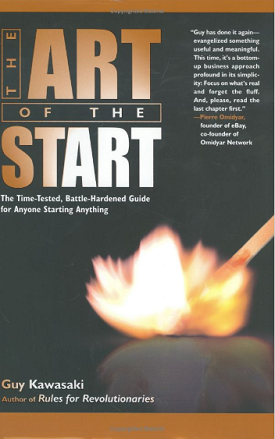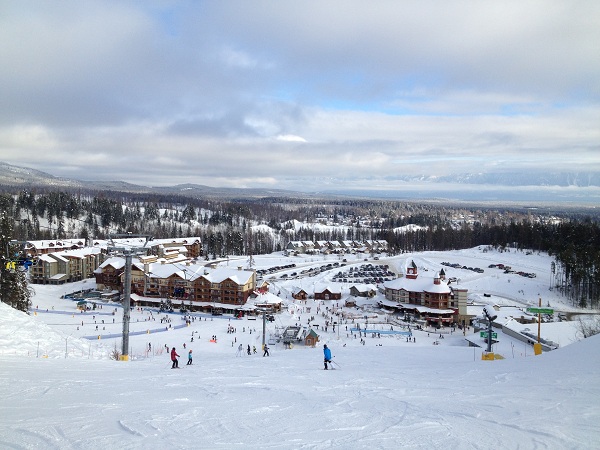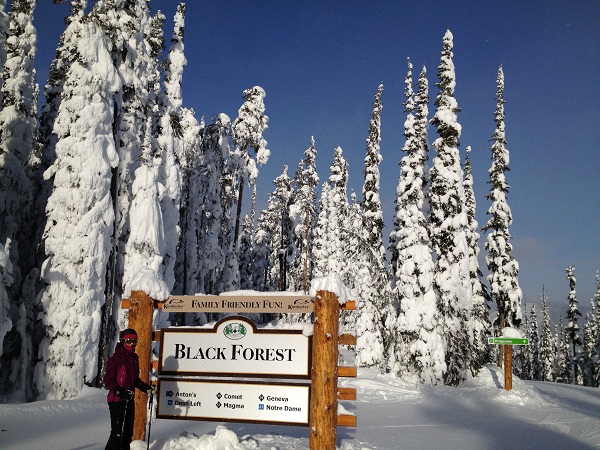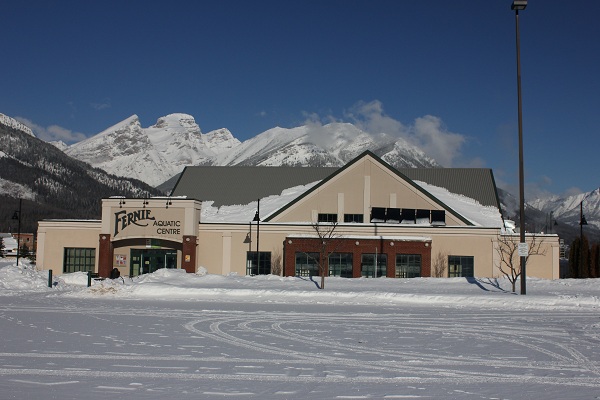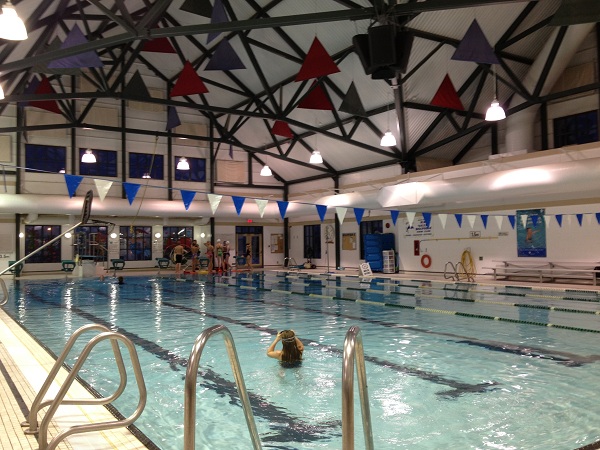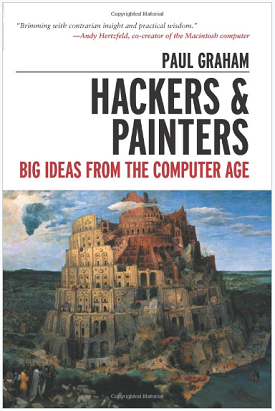Many people have encouraged me to read The Art of the Start by Guy Kawasaki. Although I didn’t find the first few chapters to fascinating, the latter chapters made up for it. I found most value in the parts covering recruiting and bootstrapping. Overall I found very good value in The Art of the Start and would recommend it to anybody about to take the dive into entrepreneurship. It would be well used as a manual to starting a new venture.
==> Click here to buy: The Art of the Start:<==
Each chapter in The Art of the Start concludes with a few FAQ, which offered some additional insight. There are also topical mini chapters interwoven into The Art of the Start like: The art of designing T-shirts. I got some great book suggestions from the recommended reading at the end of every chapter. The Art of the Start is divided into five main parts: Causation, Articulation, Activation, Proliferation and Obligation.
Causation: (The Art of Starting)
Kawasaki starts The Art of the Start with what he believes the 5 most important things entrepreneurs have to accomplish: Make Meaning, Make Mantra, Get Going, Define your Business Model and Weave a MAT. It is a relatively fresh approach for me, but I think I have had an overdose of books on the vision and mission side of business. Which is probably why this was the least appealing part of The Art of the Start to me.
Articulation: (The Art of Positioning, The Art of Pitching, The Art of Writing a Business Plan)
Kawasaki argues that the positioning of an organization should explain why the founders started it, why customer should support it and why employees should work there. Which is related to the three golden circles Simon Sinek refers to in Start with Why.
When trying to raise money most entrepreneurs’ lives consist of pitching day in and day out. The advice offered on pitching is very practical and should help anybody taking that route.
I have come to the conclusion that business plans are mostly a waste of time and effort. While Kawasaki accepts that the actual plan is more or less worthless, he makes a case that the process adds value to a startup by forcing it to answer some of the tough questions. As well as getting the founders in each other’s faces, this result in either confirmation that they are a good team or that they aren’t.
==> Click here to buy: The Art of the Start:<==
Activation: (The Art of Bootstrapping, The Art of Recruiting, The Art of Raising Capital)
This was by far my favourite part of The Art of the Start. In my next business I am going to do my best to bootstrap all the way. I learned a great deal in the chapter on bootstrapping to help me when the time comes. Kawasaki gives five characteristics of a bootstrappable business model: Low up-front capital, short sales cycles, short payment terms, recurring revenue, word-of-mouth advertising. Those are great clues to look out for.
The recommendations Kawasaki offered in the chapter on recruitment was my favourite. He gives tips on doing the reference checks like that it is better to do them earlier in the process. He also discusses the conflict I have often felt between my intuition and the qualifications of a candidate. There is also a table to decipher some of the lies often told by prospective employees. If you only read one chapter in this book, I would go for this one.
The Art of Raising Capital starts off with some great advice: focus on building a business not raising money. There are wonderful insights in this chapter. I am sure allot of people would prefer this chapter, but my attention is more turned to bootstrapping so I was not fully engaged. A very entertaining part was the 10 lies entrepreneurs tell investors.
Proliferation: (The Art of Partnering, The Art of Branding, The Art of Rainmaking)
For startups it always looks attractive to partner with a big company that could help shorten the road to success, but this road is full of potholes. Kawasaki offers tips on helping to navigate the potholes and also includes a table to decode big company ‘speak’.
The best part of the branding is his advice on recruiting evangelists. He also suggests helping fans setting up a community, giving them tools and interacting with them often.
Each chapter in the book begins with a quote. The quote at the start of Chapter 10: The Art of Rainmaking is one of my favourites:
“Stop going for the easy buck and start producing something with your life. Create, instead of living off the buying and selling of others.” -Carl Fox (From the movie Wall Street).
Kawasaki explains also that great business can be built when unexpected customers use products in unexpected ways. You just have to be aware enough to notice and capitalize.
Obligation: (The Art of Being a Mensch)
There is a common theme in The Art of the Start: that starting and growing a business should be about more than just money. It should be about meaning and making the world a better place. That really resonated with me. Kawasaki ties it all together with this last chapter by showing that paying back should be the fulfilment of any successful career.
==> Click here to buy: The Art of the Start:<==
Writing this review of The Art of the Start has actually made me realized that I enjoyed the book and learned more than what I though I did when I started to write it. The Art of the Start should be compulsory reading on any entrepreneurship course, and if you are going to start a business.
Did you enjoy The Art of the Start by Guy Kawasaki? Please give your thoughts below:

